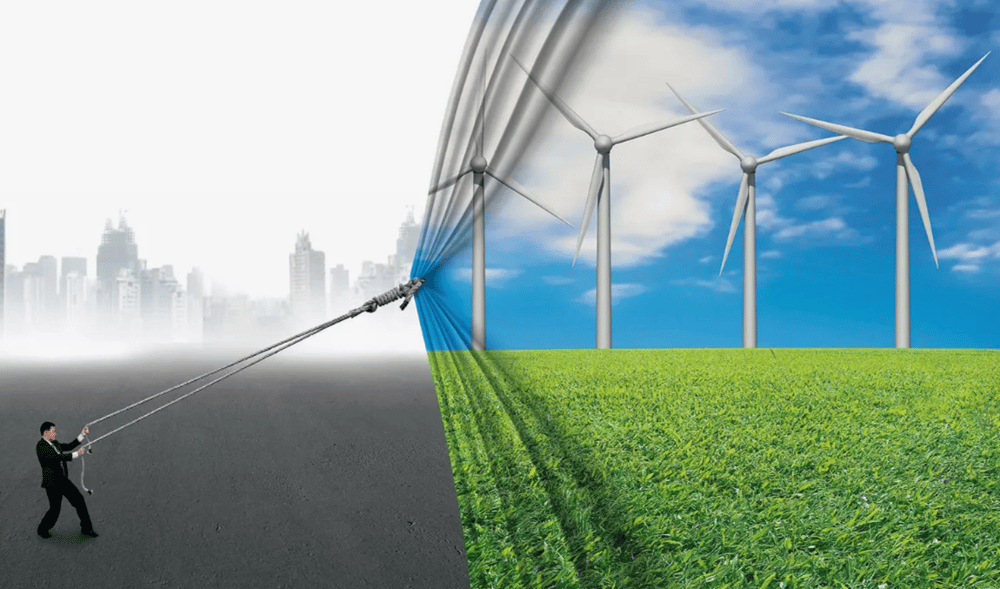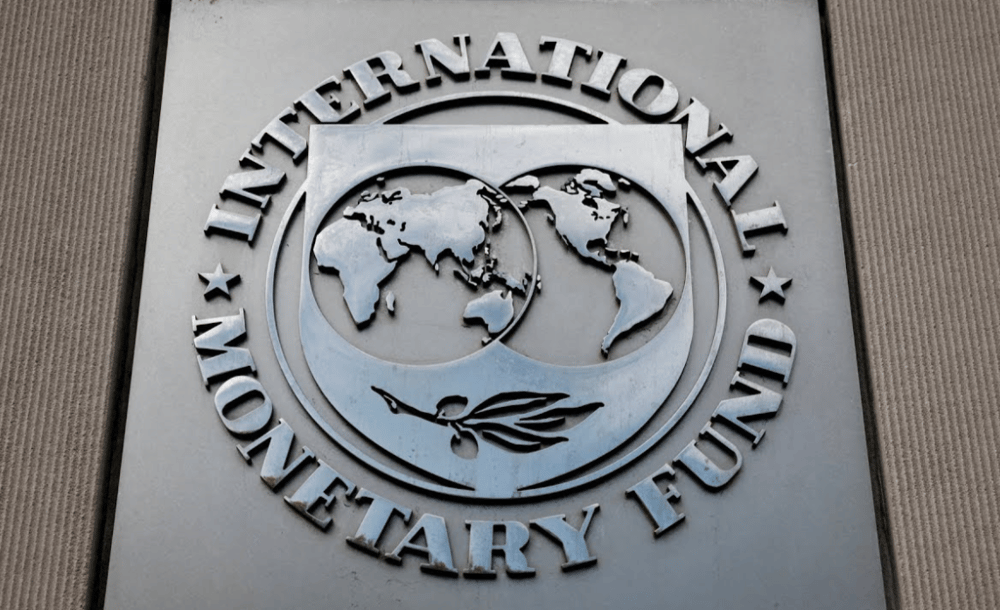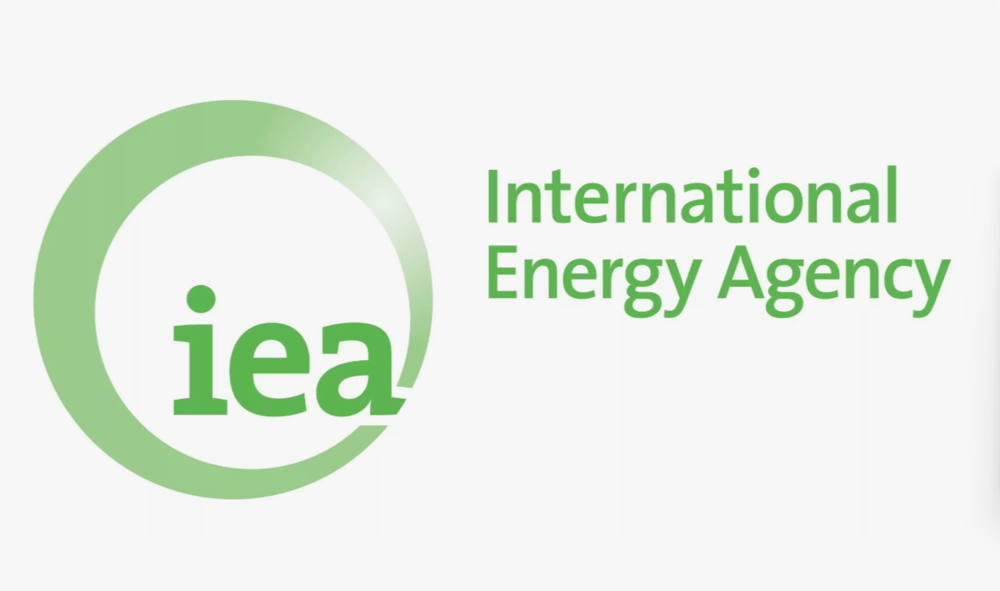Global Clean Energy Investment Set to Hit $3.3 Trillion in 2025 Amid Economic Uncertainty
The International Energy Agency (IEA) announced on Thursday a forecast of unprecedented global investments in clean energy technologies for 2025. Despite prevailing economic uncertainty and escalating geopolitical tensions, total spending on global energy is expected to reach a record $3.3 trillion (approximately €2.89 trillion). This marks a significant shift in the energy sector, emphasizing the accelerating transition from fossil fuels to sustainable alternatives.
Detailed Breakdown of IEA’s Energy Investment Projections and Implications
The IEA’s annual report, World Energy Investment, highlights a major surge in funding directed towards clean energy technologies. Investments in renewables, nuclear power, and energy storage are anticipated to total $2.2 trillion, nearly doubling the expected $1.1 trillion allocation to fossil fuels. This data reflects a growing global commitment to decarbonization amid climate change concerns and evolving energy security priorities.
Renewable energy sources such as solar, wind, and hydropower continue to dominate investment trends due to declining technology costs and supportive policy frameworks. Nuclear energy investments, often linked with stable and low-carbon baseload power, are gaining traction as part of diversified clean energy portfolios. Energy storage solutions, including batteries and emerging technologies, play a critical role in addressing intermittency issues associated with renewables.
The escalation in clean energy capital expenditure signals robust market confidence in the energy transition, notwithstanding ongoing macroeconomic risks. This shift also underscores the critical role of large-scale financial mobilization in meeting global climate targets and ensuring resilient energy systems.

Quick Facts: IEA’s 2025 Energy Investment Forecast
Total global energy investment projected at $3.3 trillion (€2.89 trillion) in 2025
Clean energy technologies to receive $2.2 trillion, twice the fossil fuel investments
Renewables, nuclear power, and energy storage are primary investment areas
Investment surge occurs despite economic uncertainty and geopolitical risks
IEA’s report emphasizes importance of sustainable energy transition
Market and Policy Reactions to Growing Clean Energy Investment
Financial markets and energy stakeholders have responded positively to the IEA’s projections, viewing the clean energy sector as a pivotal area for future growth and innovation. The increased flow of capital into clean technologies is expected to stimulate further advancements, drive down costs, and accelerate deployment at scale.
Governments worldwide are likely to intensify supportive policies, including subsidies, regulatory reforms, and carbon pricing mechanisms, to sustain this investment momentum. The geopolitical landscape, especially given energy security concerns amid global conflicts, further incentivizes diversification away from fossil fuels toward domestic renewable capacity.
Industry experts note that while the clean energy investment surge is promising, challenges remain in infrastructure development, supply chain constraints, and ensuring equitable access to green technologies. Nevertheless, the IEA’s outlook reinforces the centrality of clean energy in shaping the future global energy mix.

Key Takeaways
IEA forecasts record-breaking $3.3 trillion global energy investment in 2025.
Clean energy funding will dominate, receiving twice the capital of fossil fuels.
Renewables, nuclear, and storage are core areas driving the energy transition.
Economic and geopolitical uncertainties have not deterred investment growth.
Policy support and market confidence underpin sustained clean energy momentum.
The Strategic Importance of the 2025 Clean Energy Investment Surge
The IEA’s forecast of unprecedented clean energy investments in 2025 represents a landmark moment in the global energy landscape. It confirms the accelerating shift toward decarbonization and the critical role of financial capital in enabling this transition. Amid economic and geopolitical volatility, sustained investment in renewables, nuclear power, and storage technologies will be essential for meeting climate goals, enhancing energy security, and fostering sustainable growth worldwide. This record investment wave underscores the ongoing transformation toward a low-carbon future.















Comments
Forward-leaning capital strategies are clearly fueling rapid transformation in automation markets